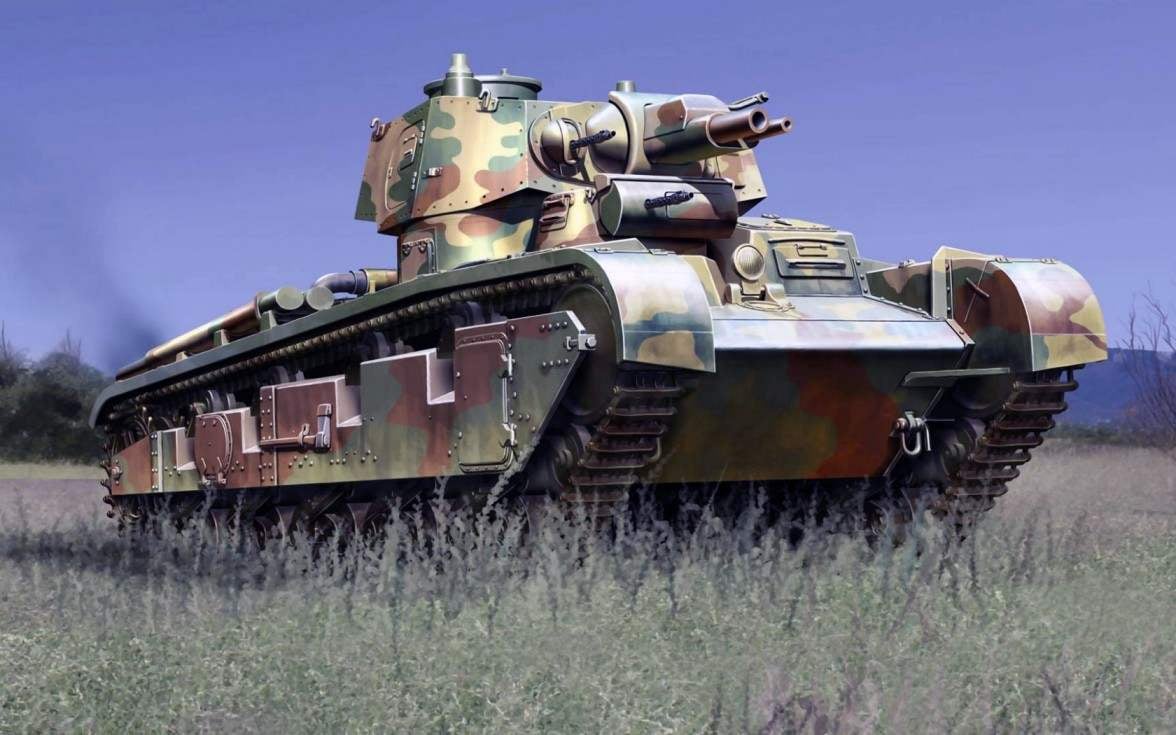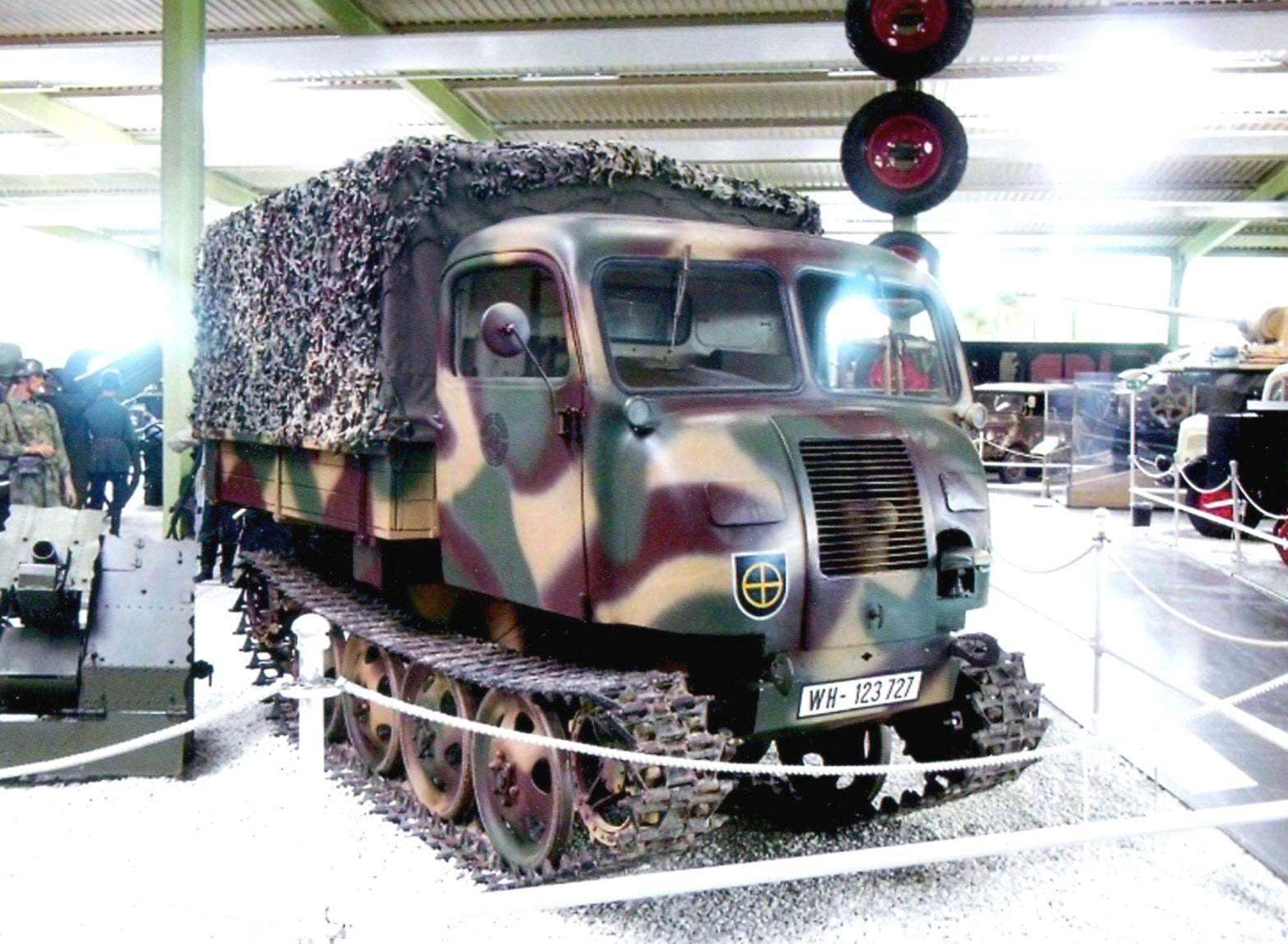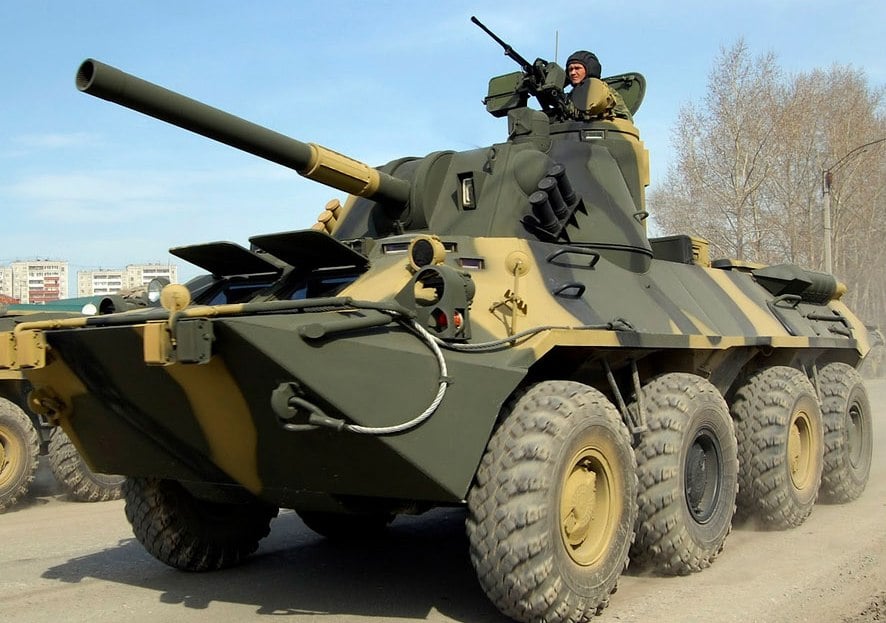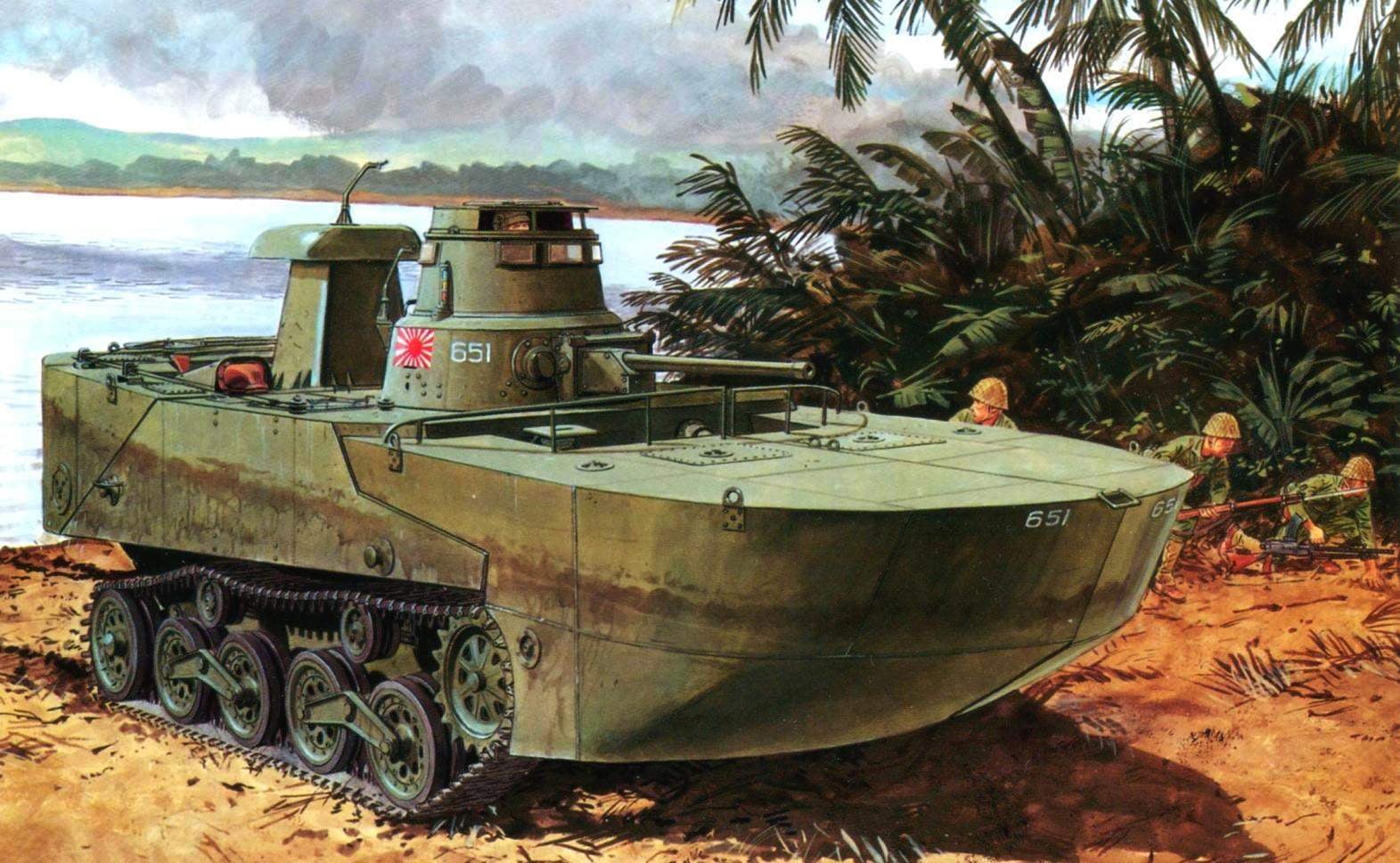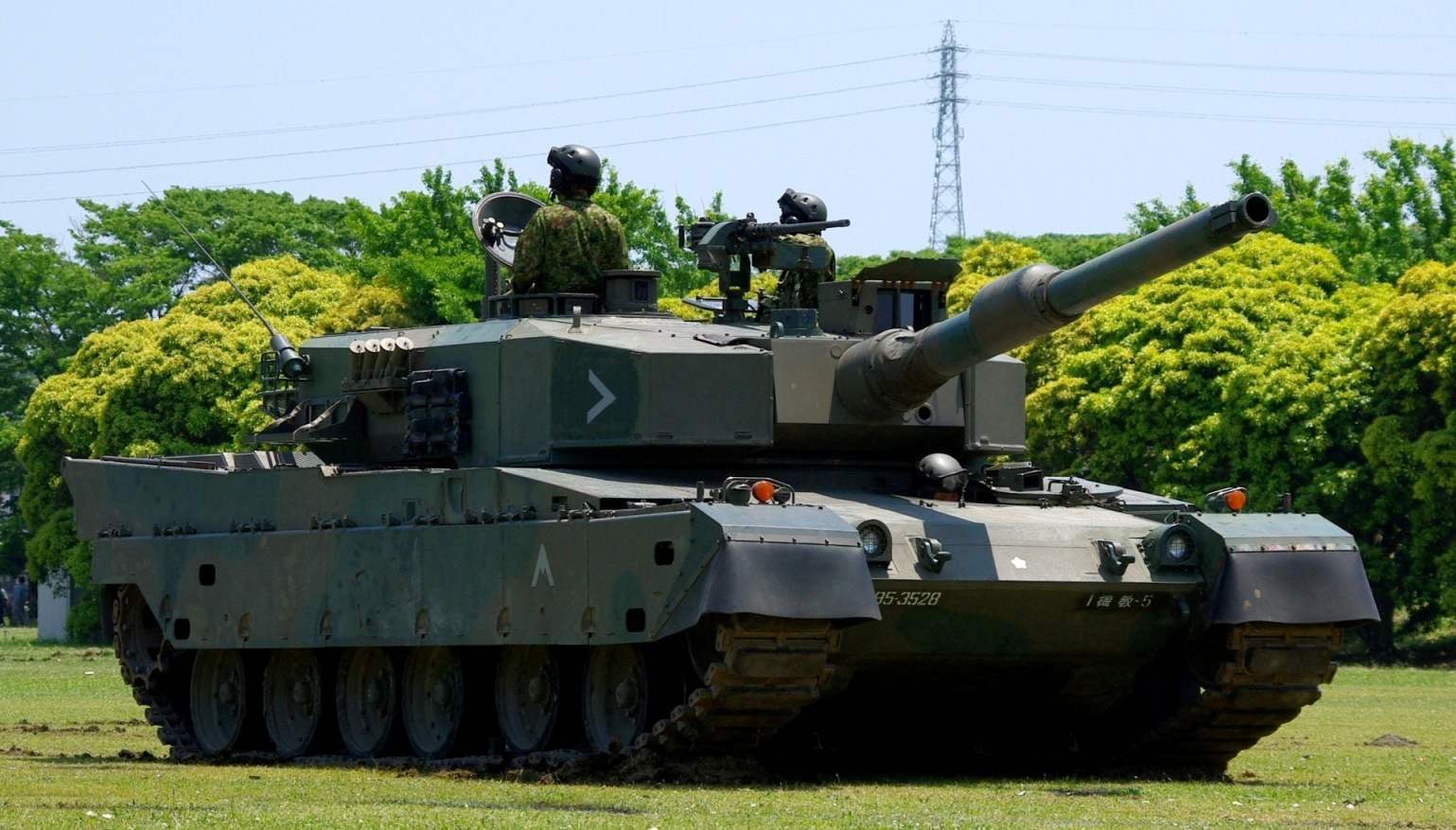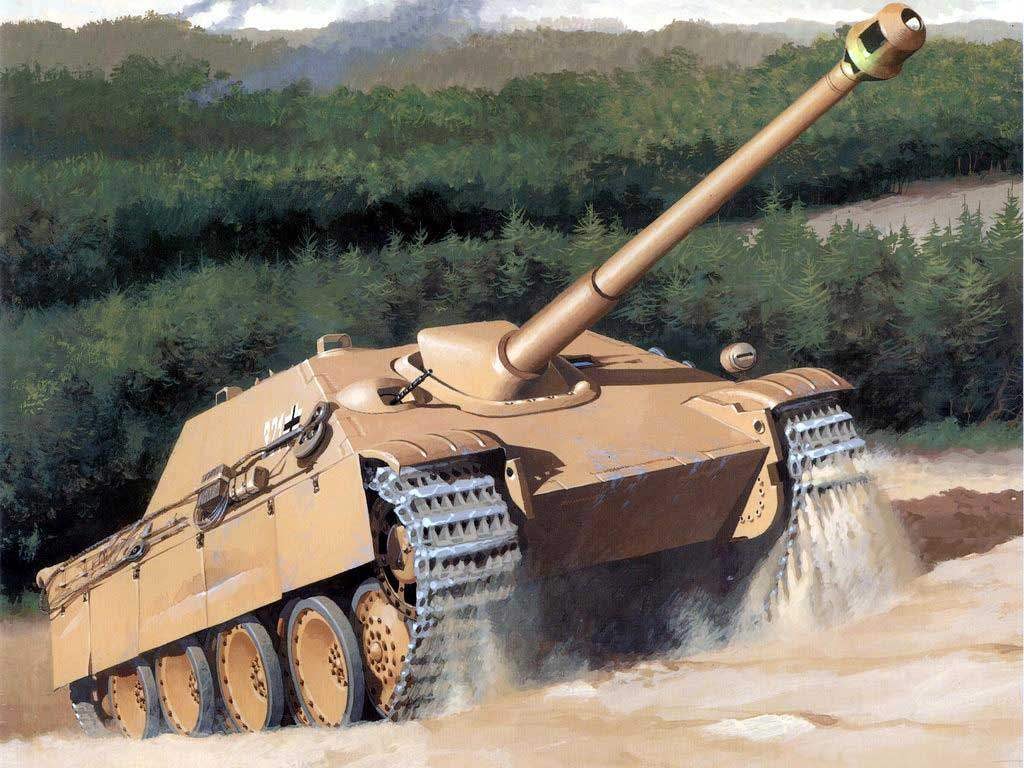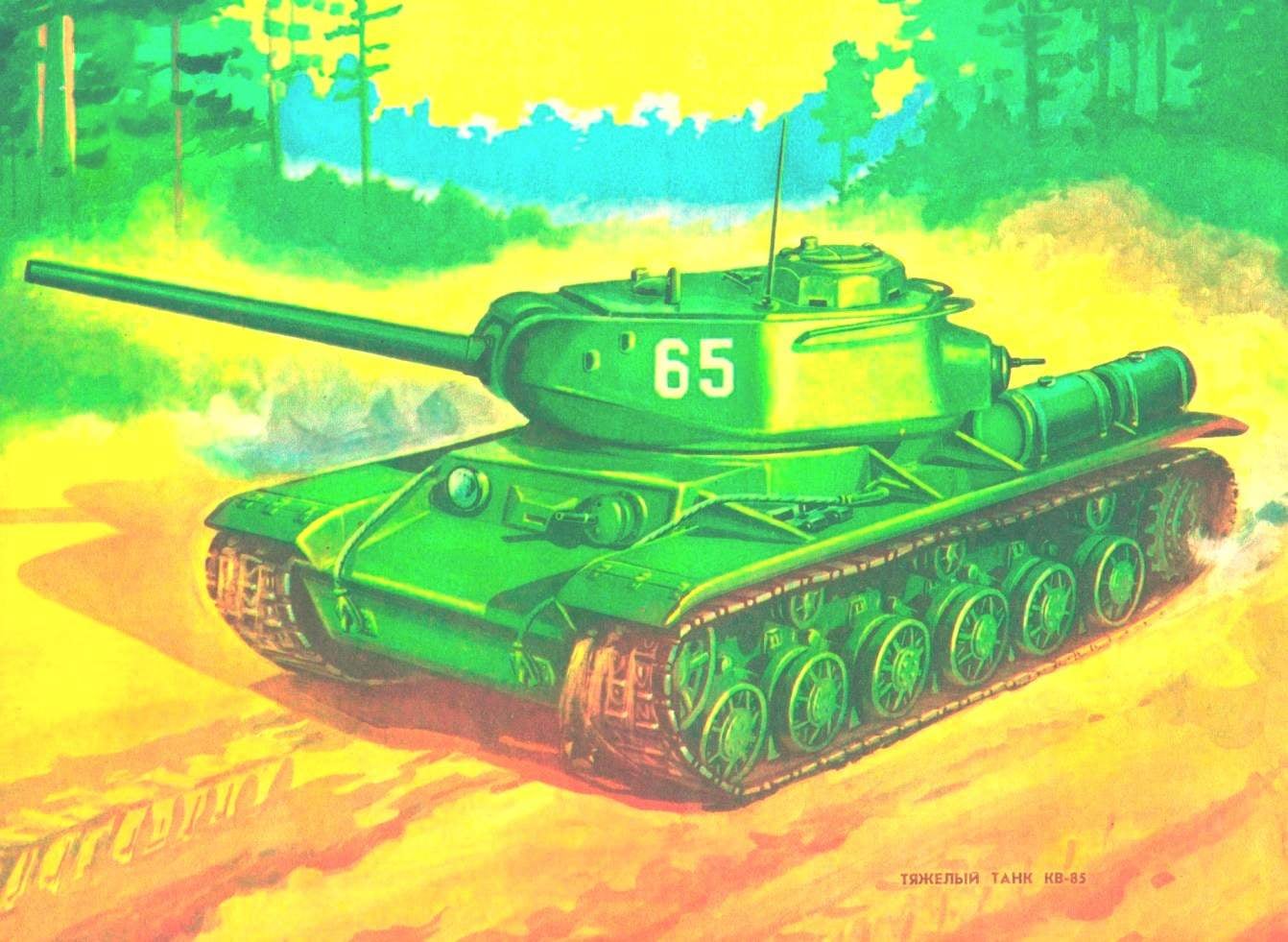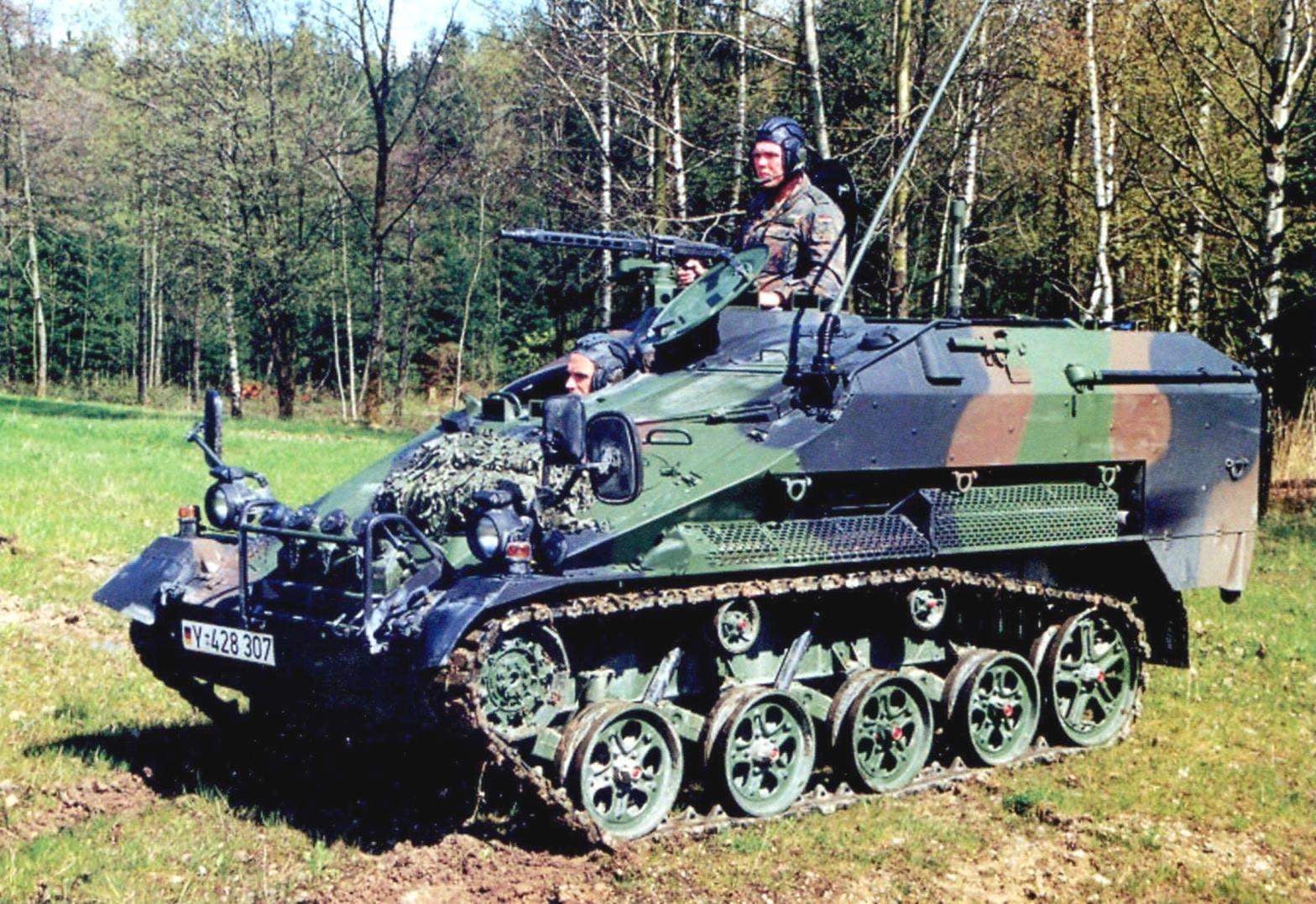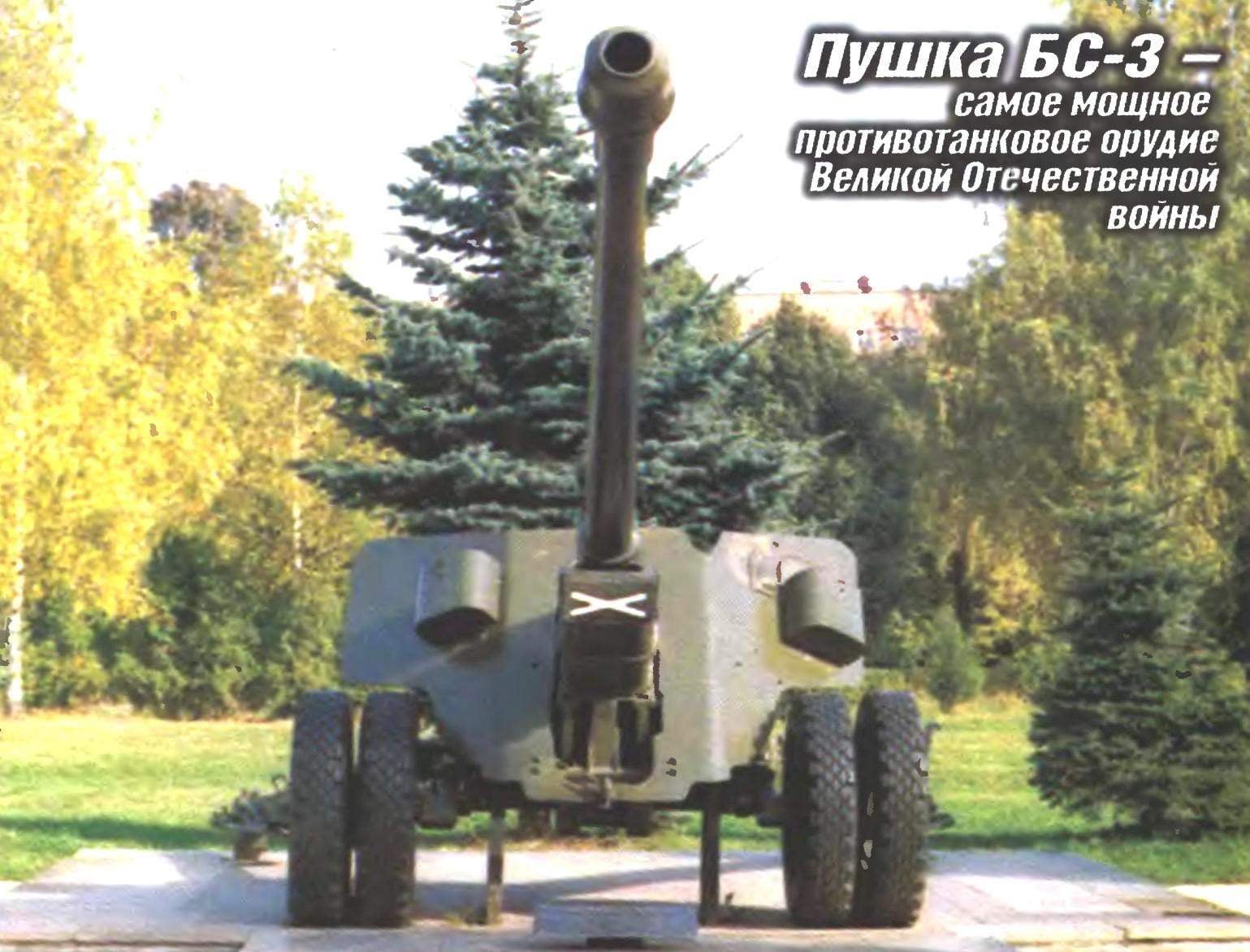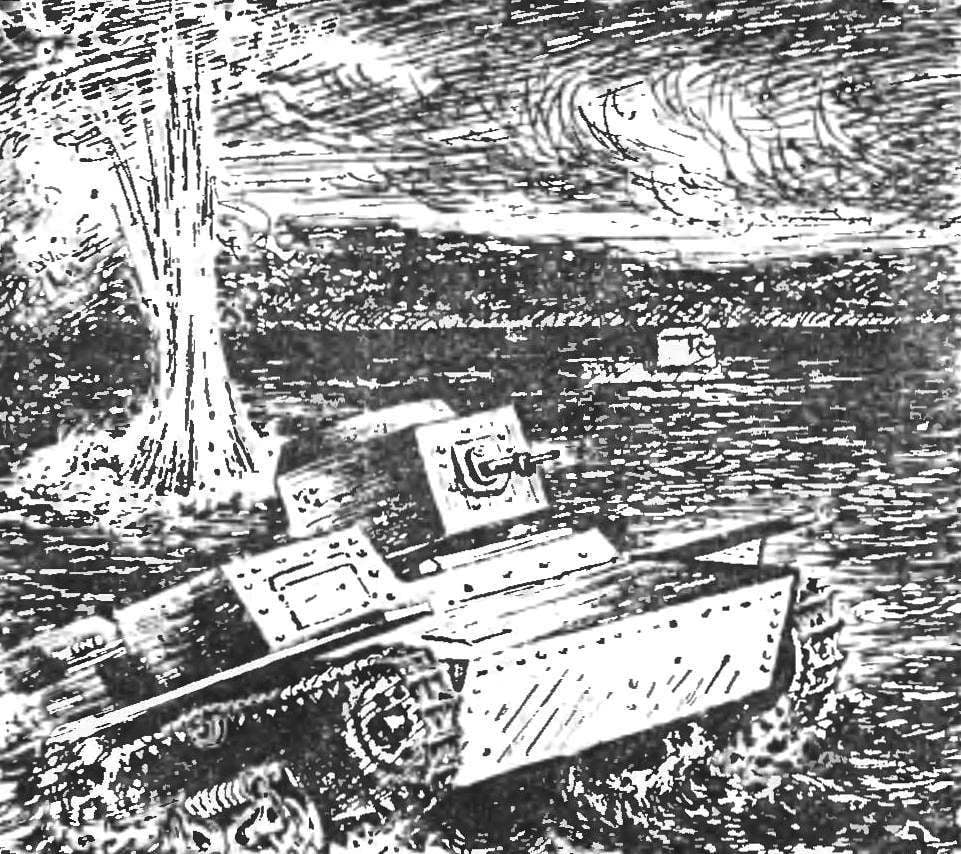
 The first phase of the German tank building is well known to the reader — it covers the period of the First world war ends 1918. In the description of subsequent phases usually just jump in 1933 in Nazi Germany Might get the impression that between 1918 and 1933 the Germans were not engaged tanks. However, they do the job, the Treaty of Versailles prohibited, just not advertise it. It was in those years was created by a “gross-tractor” — the most interesting of the German war machine 1920-ies.
The first phase of the German tank building is well known to the reader — it covers the period of the First world war ends 1918. In the description of subsequent phases usually just jump in 1933 in Nazi Germany Might get the impression that between 1918 and 1933 the Germans were not engaged tanks. However, they do the job, the Treaty of Versailles prohibited, just not advertise it. It was in those years was created by a “gross-tractor” — the most interesting of the German war machine 1920-ies.
Armor
HORSES AND TRACTORS IN THE WEHRMACHT

 This is one of the photos since the beginning of the great Patriotic war. Comments can be found in the diaries of the chief of the General staff of the Wehrmacht F. Halder, who noted: “Autumn, and especially winter 1941, unkind met part of the Wehrmacht. Difficulties with the supply of led motorized units in the disabled state, adversely impact on their mobility. Impassable mud were forced to stop even tracked vehicles”. The inability of the automotive transport in these conditions has sharply raised the value of animal-drawn transport in the German army.
This is one of the photos since the beginning of the great Patriotic war. Comments can be found in the diaries of the chief of the General staff of the Wehrmacht F. Halder, who noted: “Autumn, and especially winter 1941, unkind met part of the Wehrmacht. Difficulties with the supply of led motorized units in the disabled state, adversely impact on their mobility. Impassable mud were forced to stop even tracked vehicles”. The inability of the automotive transport in these conditions has sharply raised the value of animal-drawn transport in the German army.“NONA” IS ONE IN THREE PERSONS
 The military doctrine of the USSR was for the use of airborne troops (VDV) to lead the fighting of the enemy in the course of large-scale strategic offensive operations. This “winged infantry” (often referred to as this kind of land forces) required a considerable firepower, to ensure that could only dowry artillery.
The military doctrine of the USSR was for the use of airborne troops (VDV) to lead the fighting of the enemy in the course of large-scale strategic offensive operations. This “winged infantry” (often referred to as this kind of land forces) required a considerable firepower, to ensure that could only dowry artillery.JAPANESE KA-MI WITH “SKIRTS”
 In preparing attack on South East Asia command of the Japanese armed forces imagined the difficulties associated with overcoming the army of the numerous water hazards on the territory of China and island States. Plans combat operations in the specific conditions of the far East and Pacific regions has necessitated the creation of amphibious tanks in accordance with the developed then the concept of “tanks – in close cooperation with the infantry”.
In preparing attack on South East Asia command of the Japanese armed forces imagined the difficulties associated with overcoming the army of the numerous water hazards on the territory of China and island States. Plans combat operations in the specific conditions of the far East and Pacific regions has necessitated the creation of amphibious tanks in accordance with the developed then the concept of “tanks – in close cooperation with the infantry”.
TANKS FOR SELF DEFENSE
 The self-defense forces — the so officially called armed forces of modern Japan. In accordance with the Potsdam Declaration in 1945, the Japanese army was disarmed and demobilized. 30 November of the same year he dissolved the military and naval Ministry, with all their subordinate organs.
The self-defense forces — the so officially called armed forces of modern Japan. In accordance with the Potsdam Declaration in 1945, the Japanese army was disarmed and demobilized. 30 November of the same year he dissolved the military and naval Ministry, with all their subordinate organs.
“PANTHER HUNTER”

 Shortly after the outbreak of the Second world war, the Germans faced a serious crisis in the anti-tank artillery. Their primary 37-mm gun Cancer 35/36 was completely powerless against the well armoured French tanks. Adopted after it adopted a 50-mm Cancer 38 also has not solved the problem. In France, she did not, as the first 17 guns to the Wehrmacht was only in July 1940, and the test of battle she had already take place on the Eastern front. The result was disastrous to penetrate the armor of T-34 and KV she could only close range. More or less this task was done only for 75-mm gun Pak 40 that began to enter the army in February 1942 and became the most massive German anti-tank gun of the Second world war.
Shortly after the outbreak of the Second world war, the Germans faced a serious crisis in the anti-tank artillery. Their primary 37-mm gun Cancer 35/36 was completely powerless against the well armoured French tanks. Adopted after it adopted a 50-mm Cancer 38 also has not solved the problem. In France, she did not, as the first 17 guns to the Wehrmacht was only in July 1940, and the test of battle she had already take place on the Eastern front. The result was disastrous to penetrate the armor of T-34 and KV she could only close range. More or less this task was done only for 75-mm gun Pak 40 that began to enter the army in February 1942 and became the most massive German anti-tank gun of the Second world war.
THE DUEL ARMOR AND THE PROJECTILE

 Sunset armored forces is inevitable — that is the conclusion reached by many military experts in the late 30-ies. The reason for this was the emergence of numerous anti-tank artillery, able to quickly shift the fire from one target to another and hit 30-40-mm frontal armor of all types these formidable machines. Although the duel armor and the projectile won the last, the designers have continued the search for reserves the survivability of tanks and seemed to have found a way out of the impasse. So, relying on the blitzkrieg, Hitler’s engineers created a high-speed machine guns 37-55 mm caliber and two or three machine guns. But high mobility (up to 55 km/h) was due to the weak armor protection. For example, the main tank of the German army T-W had a speed of 45 km/h, 37-mm gun, three machine guns, 30-mm front and 15-mm side armor. It was believed that the mass of fire and high mobility will be able to paralyze the anti-tank defenses, will allow tank units to penetrate deep into the attacked country, to seize her vital centers before it will be organized serious resistance.
Sunset armored forces is inevitable — that is the conclusion reached by many military experts in the late 30-ies. The reason for this was the emergence of numerous anti-tank artillery, able to quickly shift the fire from one target to another and hit 30-40-mm frontal armor of all types these formidable machines. Although the duel armor and the projectile won the last, the designers have continued the search for reserves the survivability of tanks and seemed to have found a way out of the impasse. So, relying on the blitzkrieg, Hitler’s engineers created a high-speed machine guns 37-55 mm caliber and two or three machine guns. But high mobility (up to 55 km/h) was due to the weak armor protection. For example, the main tank of the German army T-W had a speed of 45 km/h, 37-mm gun, three machine guns, 30-mm front and 15-mm side armor. It was believed that the mass of fire and high mobility will be able to paralyze the anti-tank defenses, will allow tank units to penetrate deep into the attacked country, to seize her vital centers before it will be organized serious resistance.THE MANY FACES OF “WIESEL”
 The command of the Bundeswehr started the revival of its airborne forces in the late 1950s, However, as in the days of the Wehrmacht, look at VDV was still as highly mobile light infantry without any means of “motorization”, not to mention the armor.
The command of the Bundeswehr started the revival of its airborne forces in the late 1950s, However, as in the days of the Wehrmacht, look at VDV was still as highly mobile light infantry without any means of “motorization”, not to mention the armor.
Ageless BS-3

 Resolution of the State Defense Committee (GKO) on the seventh of May 1944 No. 5822 by the Red Army was adopted 100-mm field gun of the sample of 1944 with the assigned name of the BS-3. Among domestic ground forces artillery systems wartime weapon has a special status, defined in terms of “first” and “only” a number of technical and historical circumstances. BS-3 – the most powerful anti-tank gun of World War II.
Resolution of the State Defense Committee (GKO) on the seventh of May 1944 No. 5822 by the Red Army was adopted 100-mm field gun of the sample of 1944 with the assigned name of the BS-3. Among domestic ground forces artillery systems wartime weapon has a special status, defined in terms of “first” and “only” a number of technical and historical circumstances. BS-3 – the most powerful anti-tank gun of World War II.AMPHIBIOUS COMBAT
 Designers and military experts, given the agile nature of modern warfare, and sought ways of creating machines that are able to provide diverse requirements and similar equipment.
Designers and military experts, given the agile nature of modern warfare, and sought ways of creating machines that are able to provide diverse requirements and similar equipment.